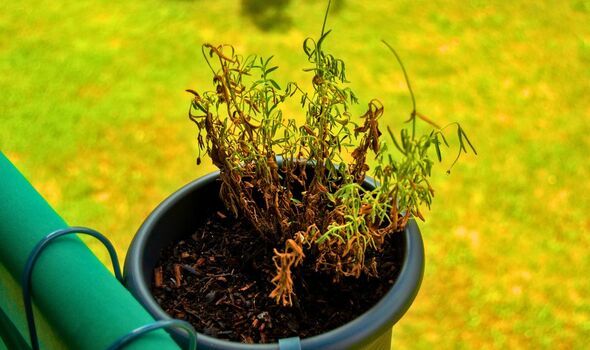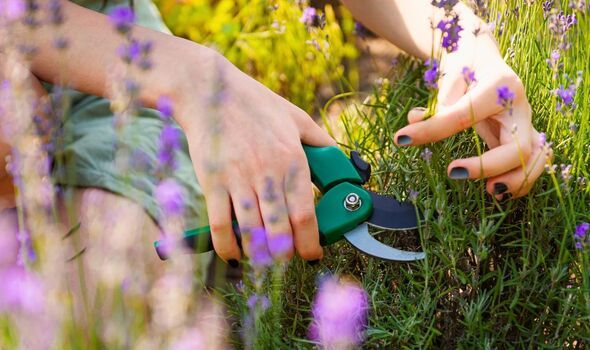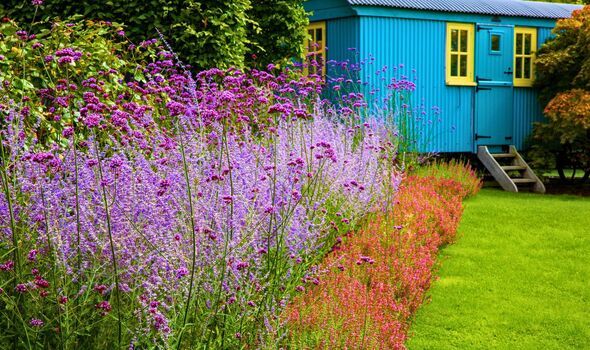
Lavender is a beautiful plant known for its fragrant purple , and with the right care, it can look incredible throughout the year. While it might seem natural to to encourage more vibrant blooms, this can actually harm lavender during the summer months.
As a Mediterranean plant, thrives in poor, well-drained soil, and fertilising it at the wrong time can overwhelm it with nutrients, leading to excessive leaf growth at the expense of flowers. The result is weak, floppy stems that do not have time to harden off before autumn arrives, and these softer tissues are more vulnerable to and disease.

On top of that, fertilising in hot weather adds stress to a plant already working hard to cope with high temperatures, increasing the risk of drying out or dying back.
If you want lavender to stay healthy, then leave it alone just now, but make sure to it later in summer, in August, once the flowers begin to fade.
Julie, a gardener and founder of , has shared that lavender will continue to look "young and fresh" as long as you cut it back properly at the right time.
She said: "If pruned correctly, it looks good all year and in winter I value its soft grey evergreen hummocks that give structure to otherwise empty beds."
Pruning lavender is very easy, as all you have to do is avoid cutting into the woody base of the plant, as it will not grow back.

Wait until the blooms have faded, and then simply use garden shears to cut the flower stems and trim the stalks to shape the plant.
Only cut one-third of the soft foliage part of the plant to keep it a rounded shape. Do not overdo it, as pruning too much will cause the lavender a lot of stress in the summer here.
It is better to prune in late summer as any later than you risk rainier weather, and the wet foliage can permanently damage unpruned lavender bushes.
Pruning lavender at the right moment is the most important gardening job when caring for this pretty plant, and then you can sit back and relax as it should now look incredible throughout the year.









